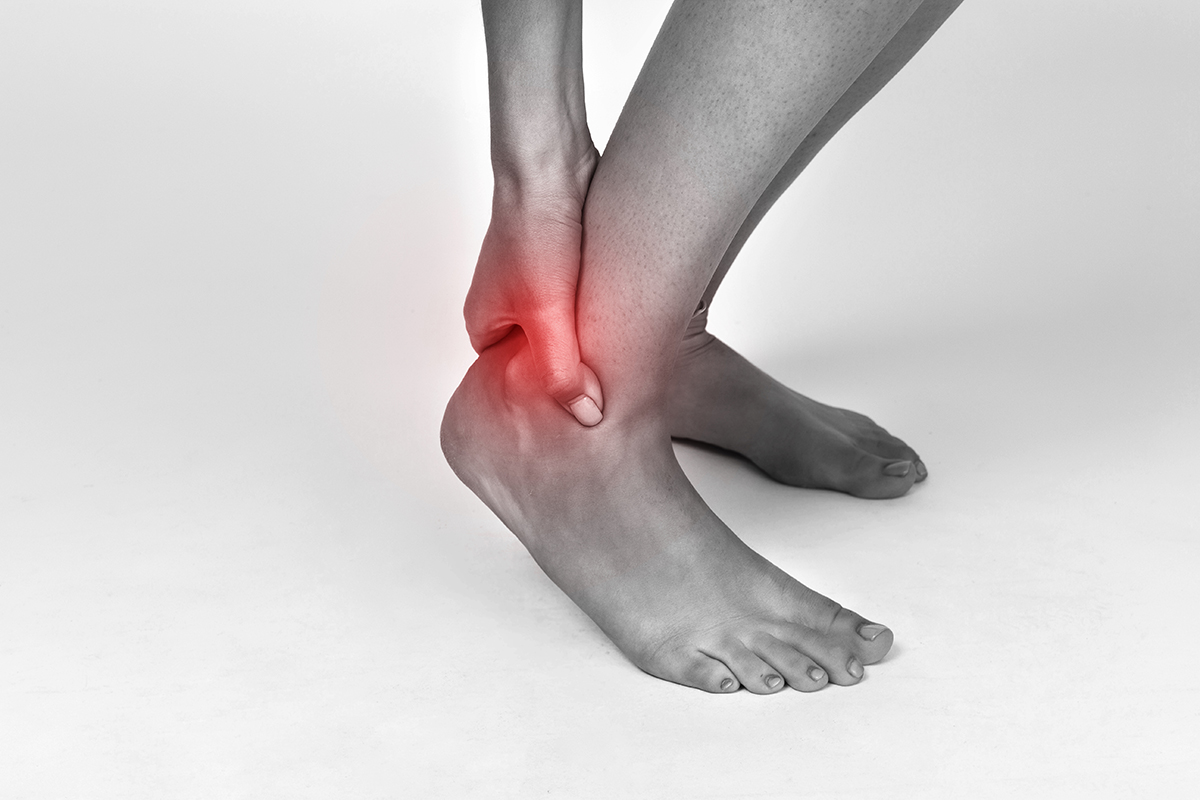
Tendinopathy facts
Tendinopathy does not improve with rest – the pain may settle but returning to activity is often painful again because rest does nothing to increase the tolerance of the tendon to load.
– It is not considered to be a classic inflammatory response. Anti inflammatories may help if you have very high pain levels but it is unclear what effect they have on the actual cells and pathology.
– Tendinopathy can be caused by many different risk factors. The main factor is a sudden change in certain. Some people are predisposed because of biomechanics (e.g. poor muscle capacity or endurance) or systemic factors (e.g. age, menopause, elevated cholesterol, increased susceptibility to pain, etc). Predisposed people may develop tendon pain with even subtle changes in their activity.
– Exercise is the most evidence based treatment for tendinopathy – tendons need to be loaded progressively so that they can develop greater tolerance to the loads that an individual needs to endure in their day-to-day life. In a vast majority of cases (but not all) tendinopathy will not improve without this vital load stimulus.
– Modifying load is important in settling tendon pain. This often involves reducing (at least in the short-term) abusive tendon load that involves energy storage and compression.
– Pathology on imaging is NOT equal to pain – pathology is common in people without pain. Also, if you have been told you have ‘severe pathology’ or even ‘tears’ this DOES NOT necessarily mean you will not get better or have a poorer outcome.
– Tendinopathy rarely improves long term with only passive treatments such as massage, therapeutic ultrasound, injections, shock-wave therapy etc. Exercise is often the vital ingredient and passive treatments are adjuncts. Multiple injections in particular should be avoided, as this is often associated with a poorer outcome.
– Exercise needs to be individualised. This is based on the individual’s pain and function presentation. There should be progressive increase in load to enable restoration of goal function whilst respecting pain.
– Tendinopathy responds very slowly to exercise. You need to have patience, ensure that exercise is correct and progressed appropriately, and try and resist the common temptation to accept ‘short cuts’ like injections and surgery. There are often no short cuts.
Podiatry and Moore is your source for all of your tendinopathy care.


